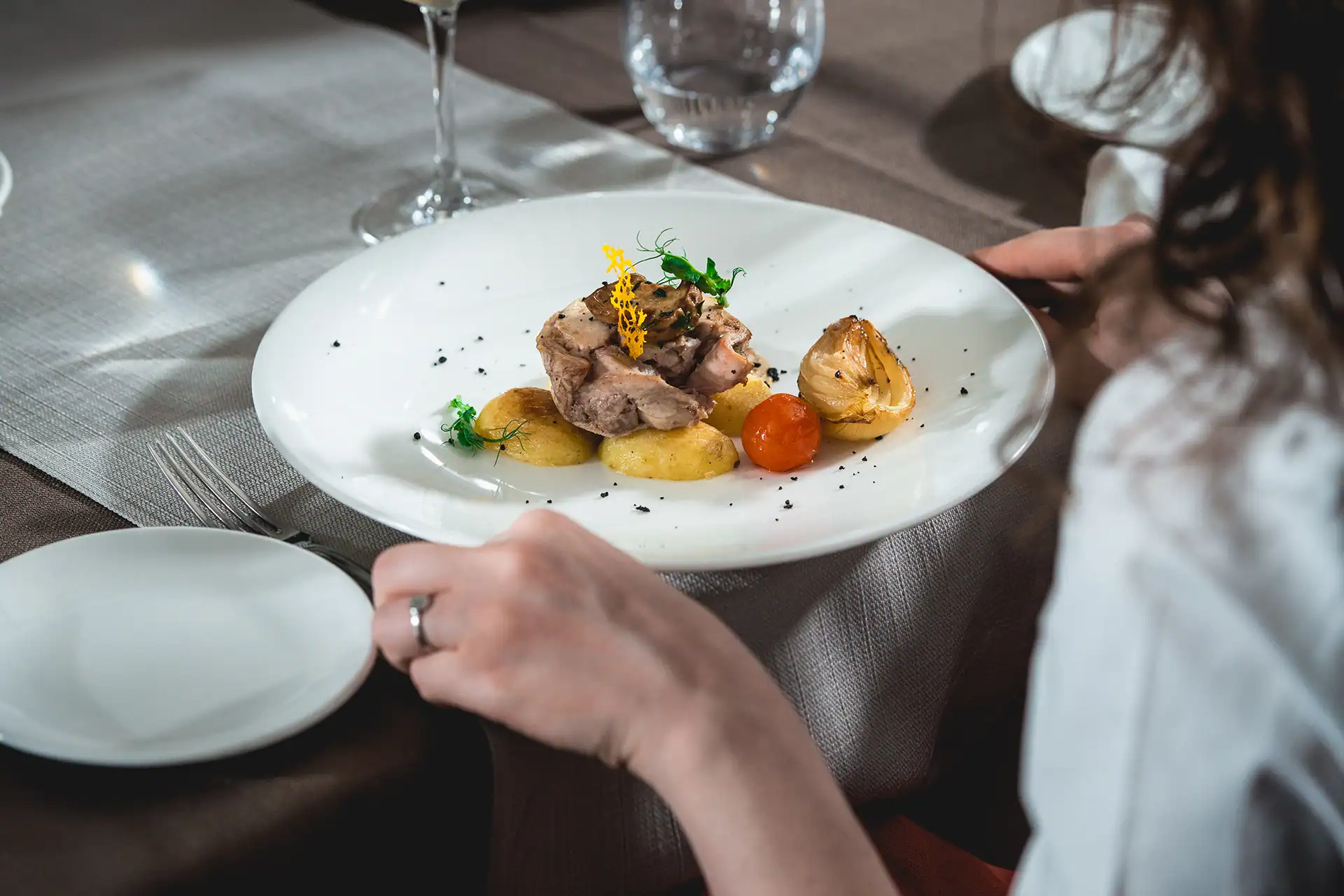In 2025, the rise of GLP-1 drugs like Ozempic and Wegovy brings both challenges and opportunities to the restaurant industry. These medications, initially developed for managing diabetes, have gained popularity for their weight management benefits. Consequently, they are profoundly affecting consumer dining habits and preferences, pushing restaurants to adapt swiftly.
ADAPTING TO NEW DIETARY PREFERENCES
GLP-1 drugs alter taste perceptions, making previously enjoyed foods less appealing to some users. This change drives diverse dining preferences. While some consumers shift towards healthier, lower-calorie options, others simply consume smaller portions of their usual diet. Restaurants must remain vigilant about these shifts. By gathering customer feedback and adapting menus, they can better serve GLP-1 users and retain their business. Transitioning menus to accommodate this new wave of health-conscious patrons is not merely a trend. Instead, it’s a necessity for survival and growth.
EMBRACING SMALLER PORTION SIZES
One significant impact of GLP-1 drugs is the reduced food intake among users. Research indicates these consumers are dining out less frequently, but they seek value-driven offerings when they do. Restaurants have the opportunity to attract GLP-1 users by offering smaller portion sizes and value-based menu options. This approach supports a reduction in food waste and aligns with consumer desires. By promoting shareable plates and customizable meals, restaurants cater to the distinct needs of this demographic.
Furthermore, offering smaller portions doesn’t mean compromising on quality or experience. In fact, it encourages creativity in menu design. By focusing on presentation and ingredient quality, smaller portions can deliver a satisfying dining experience that leaves customers delighted and eager to return.
FOCUS ON NUTRIENT DENSITY
As GLP-1 users consume less, the risk of nutrient deficiencies increases. This can lead to issues like dehydration, micronutrient deficits, and muscle loss. Therefore, restaurants have a unique opportunity to position themselves as leaders in health-conscious dining by emphasizing nutrient-dense offerings. Designing menus rich in protein, vitamins, and essential nutrients attracts health-savvy diners and garners positive attention.
Smoothie King’s introduction of a GLP-1 menu exemplifies this approach, setting a precedent for others in the industry. Restaurateurs should see this as a blueprint for innovation, crafting meals that are not only nutritionally robust but also appealing in taste and presentation.
Nutrient-focused menu items should highlight locally sourced, fresh ingredients to appeal to environmentally-conscious consumers. By doing so, restaurants can create a holistic dining experience that addresses both health and sustainability—an attractive combination for the modern diner.
VIGOR’S VIEW
In 2025, embracing the changes brought by GLP-1 drugs is an opportunity, not a threat. Restaurants that engage with their customers and stay informed on trends will develop menus aligning with these new preferences. The adoption of GLP-1 drugs signifies a lasting shift in consumption patterns, making swift adaptation essential. Adjusting menus now will position your business advantageously at this movement’s forefront. Interested in crafting a menu that captures these growing opportunities? Let’s talk.
Read up on Part 3 of this series — Restaurant Realities 2025: Winning with Practical Tech & AI. And make sure to keep an eye out for Part 5!


